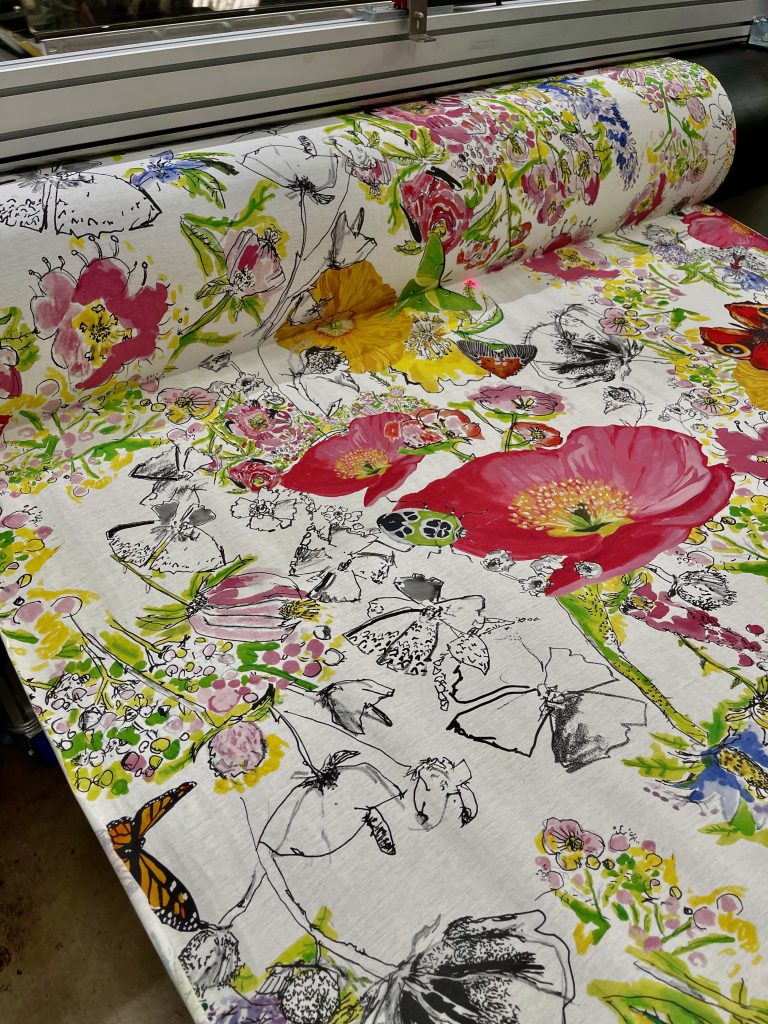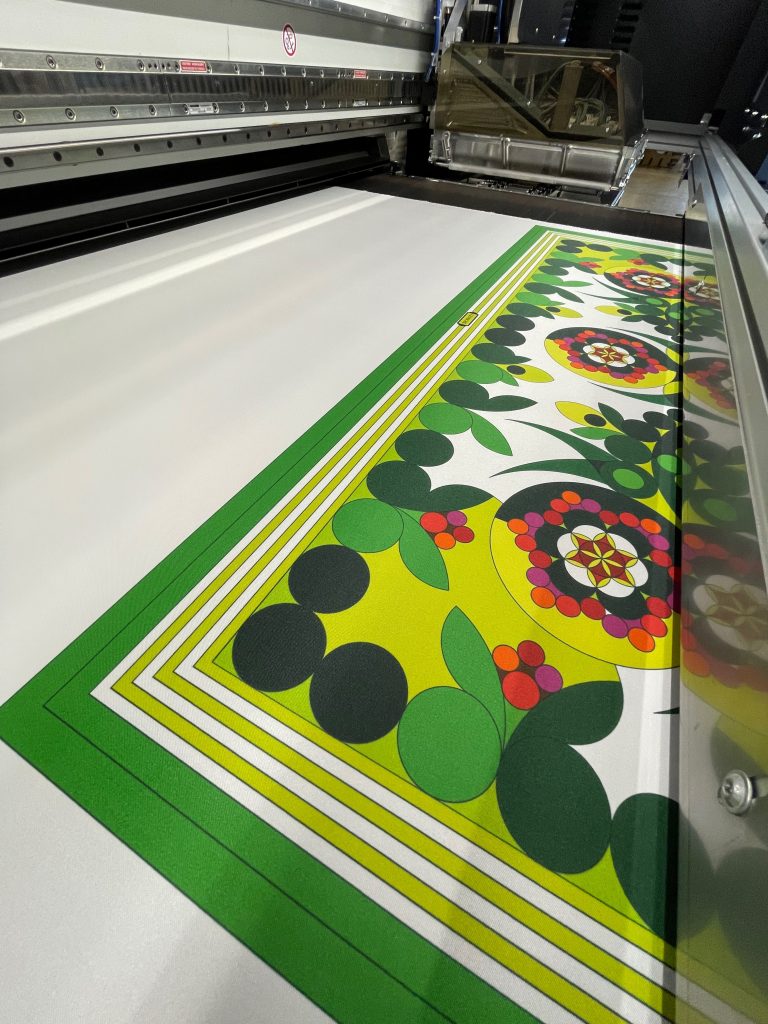Investigating Sustainable Fabric Printing Techniques
As the attention to sustainable fabric printing develops all through the printing industry, and the local area that it serves, we are seeing a tremendous swing towards the maintainable stockpile. Digital printing as of now offers exceptionally flexible plan choices today, and improvements in printers and inks are gaining consistent headway.
Digital printing innovations are more feasible than customary options and deal a way forward towards spotless, productive, beneficial assembling.
As an industry all areas of the local area are accepting manageable assembling practice, from the strands that we decide to turn, the fabric printing service science that we use to cover and complete, using the print hardware and ink definitions used to print.
Huge speculation has and keeps on being made in each area, a considerable lot of which presently work together to further foster imaginative cycles and digital printing innovations.
Sustainable fabric printing can exist close by the inventory network, with a coordinated effort with a motto to progress.
Less Use Of Water
Water is the basic substance of life, a valuable asset that should need to be moderated. That is the reason our advancements produce zero water squander and give a supportable print pathway to serve the world’s material printing industry at any scale. The main factor in fabric printing services is water contamination; the measure of water utilized, squandered, and dirtied is faltering.
Customary material handling contaminates 20% of the world’s valuable water sources, quite a bit of which is saddled from essential freshwater tables causing social and ecological damage.
The business shift towards
fabric printing in the UK goes far towards lessening its natural effect, waterless print arrangements, liberated from pretreatments, steaming, or washing, are driving reasonable change across different applications. Safeguarding the world’s assets is an obligation that needs to be approached seriously and conducted operations in a spotless, proficient manner.

Less Equipment Used
Normally, the advanced printing technique is straightforward in the manner that less setup hardware is required, for example, there are no screens or plates that should be delivered to make individual plans.
This kind of gear required for any semblance of the screen and rotational printing will ultimately go to squander once the plan has finished creation and is presently not usable.
Diminish Waste
To drive a global change, a set-up of on-request eco-friendly fabric printing
services convey supportable assembling.
Digital printing innovation liberates both the maker and the customer from an obsolete plan of action of over-consumption.
Trying not to make an excess?
Control production stock, accelerate the creation and optimize sustainable fabric printing. All of this will decrease your carbon impression, save valuable assets, and convey expanded benefits.
Work process customization interfaces with retail information to control stock, diminish lead times, and materials that go out-of-stock, further reducing the overall waste.
On-request creation found nearer to the buyer works with the speed of creation and exact stock recharging.
Each of these builds productivity for the producer and the retailer, finishing the pattern of overproduction by diminishing landfill and ecological contamination.

Advanced Sustainable Printing Reduces Inventory Waste And Obsolescent Packaging
With the capacity to print numerous materials in one run, brands can lessen waste and expenses when contrasted with traditional printing techniques.
Never again do you need to toss out bundling and lose cash because of a changed formula, plan, confirmation, or guideline.
By eliminating outdated nature, eco-friendly fabric printing assists with keeping unused plastic bundling out of landfills, and more revenue.
Diminish Energy/Carbon Footprint
Digital fabric printing in the UK utilizes a small part of the energy of customary print schedules. The earth is soaked with harmful carbon, 10% of which can be ascribed to the fabric printing services alone.
Sustainable fabric printing measures convey a diminished carbon impression — sometimes, zero. Why? This is because digital fabric printing uses green energy to produce on-demand fashion with less carbon emission.
Advanced Sustainable Fabric Printing Has Altered The Material Business — Yet How Eco-Accommodating Is It?
In a period where it’s of higher priority than at any other time to guarantee that as people and organizations, organizations need to decrease the effect on the climate in our day to day existences; producers all around the world are under a magnifying glass about how eco-friendly fabric printing is changing the world.
While it’s implied that most assembling measures do add to destructive waste and negative effects to some degree, innovations currently imply that we have more choices on ecological strategies for delivering the merchandise.
With regards to creating materials and attire, the most well-known technique for digital textile printing has now become the most sought-after method.
In addition to the fact that it is a quick and effective way of deciphering plans onto various textures, and one which yields shocking outcomes, however, it is profoundly viewed as one of the most
eco-friendly fabric printing.
Today the Digital print Industry offers a perfect future for the climate mostly because buyers have become more aware of their ecological decisions, and the genuine effect that those decisions make.
Digital printing techniques and their application will supplant unreasonable wasteful management.
The secret waste inside assembling is currently being tackled with imaginative re-cycling measures whether that be energy, water, inks, or the textures we devour, and this area keeps on growing to satisfy the needs of the naturally cognizant purchaser.
Check out Forest Digital’s Instagram and LinkedIn.
You can also read about –
IMPACT OF SUSTAINABLE AND ORGANIC FABRICS WITHIN THE FASHION INDUSTRY
